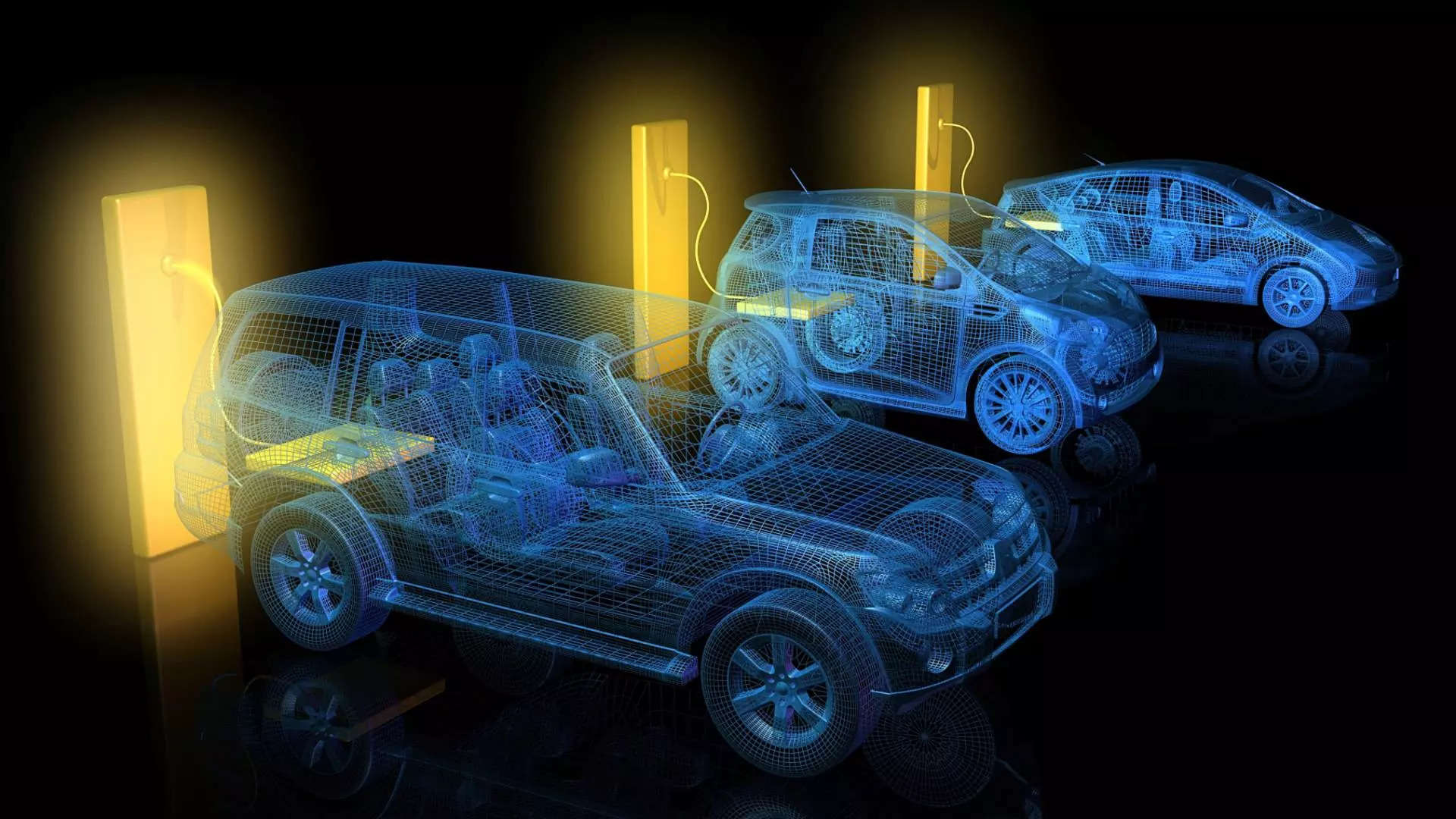
The upcoming year 2022 will be the focus year for transition to electric vehicles for the Indian automotive industry and it will see the largest creation of new manufacturing capacity across the industry, multiple industry leaders said on Tuesday.
Subsequently, the rapid transition to electric mobility will create a large requirement for lithium-ion cells in India, to the scale of 120 GWh, by 2030, Tarun Mehta, the chief executive of Ather Energy said. He was speaking at the CII Partnership Summit. That is equivalent to three Tesla Gigafactories, Mehta said.
“We’re going to be seeing the biggest capacity creation in the last few decades with electric but the difference the industry had 30-40 years to build the capacity. This replacement is going to fairly shock the system. It is going to be a fun decade,” Mehta said.
The next year will set the benchmark for transition over the next decade, said Diego Graffi, managing director of Piaggio Vehicles.
“The future is today,” Graffi said. Adding that along with the transition, a development in the local supply chain was equally necessary.
Public charging will play just as critical a role in this transition as a local supply chain, said Awadhesh Jha, executive director at Fortum Charge and Drive India.
Jha said that every market passes through phases led by innovators, early adopters, early majority, late majority and laggards and India is not moving into the phase of early adopters from innovators.
Also Read:

